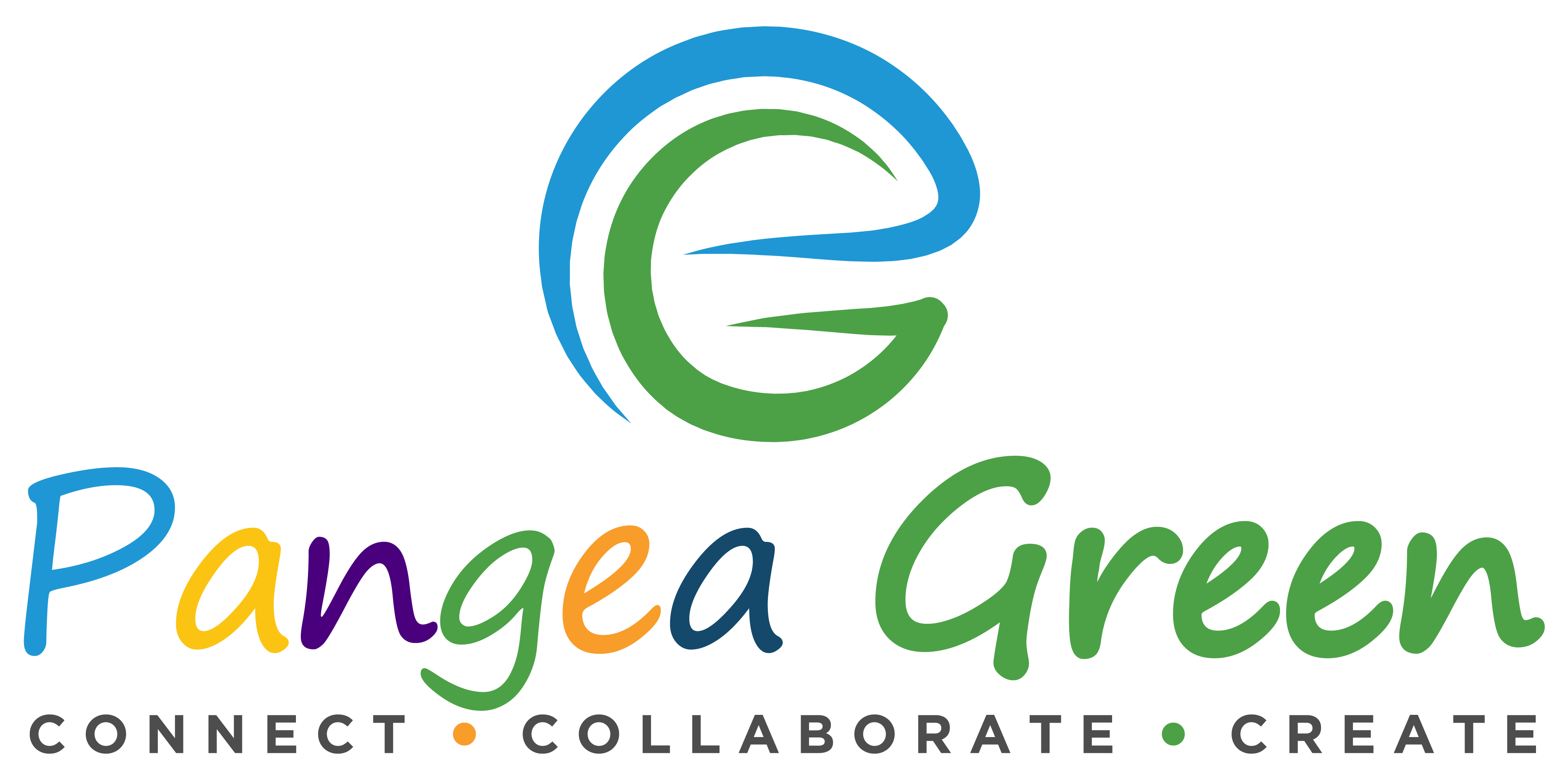What does it take to join the Sustainable Supply Chain (SSC)? This post navigates you through the recent history of the Supply Chains, the Sustainable Development Goals, why is important to be part of the Sustainable Supply Chain and how can you accomplish it. However if you do not have 10 minutes time (Post reading time). You can just jump straight down to the last section of this post and get you started in the SSC journey.
Background on Sustainability
The Sustainable Development Goals (SDGs) were born at the United Nations Conference on Sustainable Development in Rio de Janeiro in 2012 to meet the urgent environmental, political and economic challenges that we were facing in a sustainable manner. But it was not until the COP21 in Paris on the 12 December 2015, where the entire world understood that we not only needed a unified approach to Climate Change management and the reduction of the Carbon emissions, but also to build a better tomorrow back after a crisis of 2008. A crisis that not only showed us how globalised and connected our world was but also how fragile could be. The crisis taught us that we should build on our strengths and turn our weaknesses into opportunities. The SDGs became our hope to build a more sustainable, safer, more prosperous planet for all humanity. But what does SDG mean for business? The SDGs are the engine that is and will power and dictate how the global markets behave for years to come. It is logical to think that in this globalised market we live, supply chains play a major role in the achievement of the SDGs, and it’s proper management is our responsibility and the key to long-term business success. Why should I care about being part of a Sustainable Supply Chain and how can I implement sustainability criteria in my own business’ Supply Chain?
When we look at many environmental conscious organisation’s impact on the environment, we realise that the best portion of its impacts are not from their own operations but from their supply chains. Major industry players have now taken full responsibility, not only for their direct impacts coming from their own operations, but for the greater indirect impact generated from their products or services’ life cycle and hence, taking responsibility for the suppliers and vendors environmental performance they partner with. This swift in behaviour has started the turn of the wheel towards a whole new sustainable socio-economic environment where we live within our environmental means and looking ahead where we will even reverse the damage we have incurred. A new society living in synergy within our planet.
Supply Chains in globalised markets and forecast
The powerful force of technology that once allowed global communications to re-write the concept of time, homogenized consumers preferences worldwide, allowed accessibility of exotic raw materials and high-tech products everywhere at reduced globalised prices, wiped cultural individuality out, raised the standard of living and, unilaterally on the way, destroyed many Small and Medium Enterprises (SME), now is working on our favour, as a powerful tool to broadcast our voice and to be heard. The society, who is demanding corporations accountability on a globally owned environmental budget, can now make informative decision as consumers taking proactive action in the supply chain of their households products. SME that had been left somehow behind in this globalised trading market can now reach wider audience and showcase their Sustainable performance.
It is true that national and multinational companies know and accommodate to the national differences, but global corporations know the international society’s needs and expectations and their standardised strategy on sourcing, manufacturing, transportation and retailing will raise the standard of environmental performance worldwide. Although, globalisation will level prices of products and services globally once more, for the first time, CSR (Corporate Social Responsibility) and the extended ESG (Environmental, Social and Governance) will allow benchmarking and continual improvement for a more just and diversified value-added supply chain in a world where Sustainability is rapidly changing an integral part of doing business worldwide.
ESG for Business Innovation
However, among these globalised network of trade, one cannot but think that there is little to innovate in the way we do business. Among all these global needs and expectations is where the term sustainable or green supply chain came into the light and refers to the idea of integrating Social and Environmental considerations in the equation of the traditional supply chain. When we think about business innovation, Japan’s corporations always seem to be a step ahead; masters of beautifully blending tradition within the modernised industry, always at the highest level of quality. Once again, seems that Japan’s corporations have been applying the principles of ESG for centuries in their version of CSR (shuchu kiyaku) which have helped many Japanese companies to thrive through centuries’ worth of change. Countries, Companies and Corporations will need to find their way to Sustainability as well, as Customers, Partners and Investors worldwide have introduce a new ESG lens to business decisions and shopping patterns and will not make exceptions.
Countries and large Corporations along with their group of experts, legal advisors and oversized teams of multidisciplinary professionals are already on track to their ESG Goals, so how can SME jump in the Sustainability wagon of this high-speed train?
How to join the Sustainable Supply Chain
There are 3 simple steps that will put your SME back in business as part of a Sustainable Supply Chain (SSC):
STEP 1: Find out where is your business on its ESG journey
This is your starting point in the Race to Sustainability. The very first beginning is to understand what is ESG and what acquaints for ESG in your business. If you have not been involved with these concepts before, you might consider to get some basic training on these and other related concepts. Once you have built your brain up, it is time to scrutinise your business, its operations and its supply chain through an ESG magnified lens. ESG issues that will determine your starting point will likely be related to:
- The local environment, and the greater environment that is affected by your operations and your supply chain,
- Your workers rights and obligations, equality of treatment and opportunities, the communities where your business has got an impact or influence, and
- Governance issues related to they way your business do things, how your staff (from top to bottom) behave, or the ethical integrity of your operations.
The good news is that you can easily get some good idea of what actions account for ESG and how other businesses are doing by checking the Global Compact website of the United Nations.
STEP 2: Find out where do you need to get to become competitive
This stage involves a lot of research to understand what your customers expect you to deliver and also to find out what are your competitors doing and how are they doing it. Depending on your expendable time and budget, you might spend the time conducting this research or you might purchase the information from specialised data management companies. Identify and select which actions will align with your customers’ ESG, which actions can you match to your competitors, in which others you could excel your competitors and what it will take to achieve them. At this point you might like to use Scorecards to benchmark your ESG performance against similar businesses.
- Social issues such as working conditions and working hours, human rights, child labour, forced labour, health and safety requirements need to be top priorities for your business. However, you might find that your business is performing well on those but you still want do more! Take a look at Corporate Social Responsibility and find out what your business can do for the communities where it operates and has got a local presence.
- Environmental issues such as air, water or soil pollution, waste generation, or resource consumption would had likely already influenced your business performance due to productivity, government fees and other related regulatory obligations. But your environmental performance can go far beyond legal compliance. You might want to consider reducing your Scope 3 emissions, how your business impacts the local biodiversity, or even dive in the circularity of products and by-products that your business might be discarding as waste. These days, most of the business have got an online presence, and one simple and fast way of reducing your Scope 3 emissions is using green online services that runs their servers using renewable energy sources.
- Governance issues such as ethics and codes of conduct, bribery, transparency and accountability.
Identify what changes does your business require, what resources will you need to accomplish those actions, the budget you will require to achieve them successfully and the time it will take. When you are developing this step, avoid looking ESG as a cost, see it as a medium to long-term investment, because this is what it is. It is an investment to keep your customers or attract new ones and therefore keeping your business at float in the long run. Once you have identified requirements, resources, budget and time for each of the actions, it’s the time to prioritise. This prioritization will not only depend on resources, time and budget but will also depend on your ‘must comply if you want to continue doing business with us’ Customers’ needs and expectations.
Congratulations! At this point you have got a starting point and your first finishing line. We call it first because you will not stop there as this is the first step of your continual improvement process in the Sustainability journey.
STEP 3: Draw your ESG Road Map
When designing your ESG Road Map, Goals and Targets need to be achievable and just right. A very common term used in business jargon is SMART and stands for Specific, Measurable, Attainable, Realistic, and Time-bound. Ensuring your Goals and Targets are SMART is of upmost importance since for your business success since your performance will be measured against them. Blurry objectives or undefined measuring method will lose confidence of your Customers, un-attainable or unrealistic targets might show your business immaturity, and finally too short or too long timelines to accomplish them will directly impact your performance.
Your Road Map should not be too long that you get consumed along the way or too short that you don’t realise improvements. Think of a period that will allow you to accomplish the set goals and targets, see progress, incentivise your team, retain your customers, attract new investors, and showcase your performance and achievements.
Once you have done it, it is time to develop your plan of action for that term. Make sure your plan answers the 6Ws questions: What, Why, Where, When, Who and hoW.
Lastly, don’t forget to showcase your efforts and accomplishments along your journey!
Finally, whether you are planning to define your ESG journey by yourself or you rather get the support and guidance of specialised consultancy services, a good way to start is always acquiring some basic knowledge.
Good luck in your Journey to join the Sustainable Supply Chain!
Was this information useful? Would you like us to expand more on any specific item? Leave us a comment!

